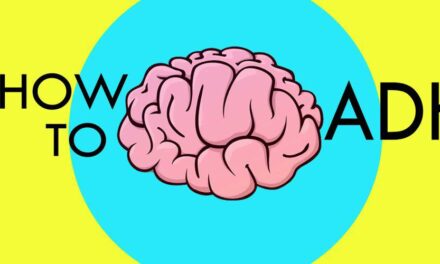People are different—that’s not news to anyone. However, content creators and marketers may be surprised by how these individual differences affect search queries. A recent Blue Nile Research study, “Psychology of the Searcher,” observed people as they searched for information online and found some significant differences between what people search for and how sites create content.
Blue Nile’s staffers believed that the search query information available to marketers limited those marketers’ understanding of how people find them online. While analytics can be helpful, it leaves out the actual searcher and his or her motivations and expectations. Blue Nile’s CEO and founder Nathan Safran says that understanding how searchers form queries and why they search for this term and not that term gives marketers an advantage in creating content and optimizing for search engines. “Psychology of the Searcher” aimed to provide this missing understanding and insight.
According to the study, the average internet user searches online for information 129 times each month. Safran says there is little research “that shows how searchers’ choices differ when it comes to the way they form and phrase their queries.” Safran aimed to find out whether and how searchers’ queries differed when seeking the same information. The study focused on the goal of finding patterns and discovering information marketers can apply to their search marketing strategies and techniques.
Blue Nile’s motivation for “Psychology of the Searcher” lies in the fact that the typical keyword research tool is reductive. For example, marketers often use Google’s Keyword Planner or similar tools to find industry-relevant keywords for their content. The problem with this approach, according to Blue Nile, is that “keyword tools generally suggest phrases similar to the one(s) started with. This means initial assumptions about how the user might search for your product/service are perpetuated throughout the keyword research process.”
Marketers and content creators often find themselves trapped, generating more of the same sort of content. While most people involved in content creation and marketing know the value of the long tail, many marketers fall short in actually using it in creating content.
In the executive summary of “Psychology of the Searcher,” Safran states that “keyword tools generally do a poor job of offering suggestions for more specific (long tail) queries. In an example taken from our research, entering ‘coffee maker won’t turn on’ into the Google Keyword Tool returns generic ‘coffee maker’ terms.”
According to Safran, people in his study, when faced with the idea of a malfunctioning coffee maker, searched for “Why will my coffee maker not turn on?” “Why does my coffee maker not turn on,” “Why coffee machine won’t turn on?” “Coffee maker not working,” and “Why does my coffee maker not turn on.” These searches are fairly similar in that they seek a solution to the problem of a broken coffee maker.
However, entering Blue Nile’s example query “coffee maker won’t turn on” into Google’s Keyword Planner returns terms such as “coffee makers,” “best coffee makers,” “coffee maker reviews,” “coffee maker,” “thermal coffee maker,” and “the best coffee maker.” Clearly, searchers and content creators are speaking different languages in terms of search queries. In this coffee maker example, users need information to help fix their coffee maker, but Keyword Planner returns product-oriented results.
Kathleen Garvin, blog community manager at SEMRush, notes that “more than one keyword tool should be in your arsenal, and your content marketing should contain a mix of head and long-tail keywords.” For marketers who have access to human resources, Garvin says, “it helps to poll a group to see how they would describe the product or service in question. An agency worker used this exercise during an intro to an SEO course, and it was interesting to see the varied collection of keywords and phrases people came up with, and thus would use for search.”
One of Blue Nile’s most interesting findings involved search fragments. Exactly 50% of survey participants used fragments to search, rather than queries, which state the problem more completely. Meanwhile, 27% of these fragments were formed as questions of “how,” “why,” “where,” “what,” and “which.” Of the searchers who asked the search engine a question, 44% asked “how,” while only 12% asked “what.”
Garvin explains how and why these fragments matter. “How” questions indicate a searcher is looking for a direct answer to a problem. Furthermore, an article written by David Mogensen on thinkwithgoogle.com states, “Searches related to ‘how to’ on YouTube are growing 70% year over year. …” How-tos, especially on mobile, are growing in popularity on search.
Marketers and content creators cause this information to “join the conversation the searcher is having in their head,” according to SEO consultant Michael Cottam.
Garvin says marketers can “use searcher intent to determine where users are in the ‘buyer’s journey’ or purchase funnel.” For example, the search term “guitar” indicates interest, while “Dean Boca 12 String” indicates a searcher preparing for a purchase. Garvin agrees with Safran: “This creates an opening for opportunistic marketers to create content that educates and informs, and accurately caters to the place in the buyer’s journey that the buyer is in.”
Formulating “how” questions when developing content-and answering those questions on the page-helps sites position their content not only to rank well in search engines, but also to help searchers when they arrive on the site. Using a combination of keyword tools, real-person research when possible, and knowledge of how people search and how they move through a product funnel, marketers and content creators can answer the questions searchers have.
Blue Nile’s study highlights how different people are in searching, as in other aspects of life. Marketers who keep this principle in mind will attract more searchers than those who rely solely on keyword research.






